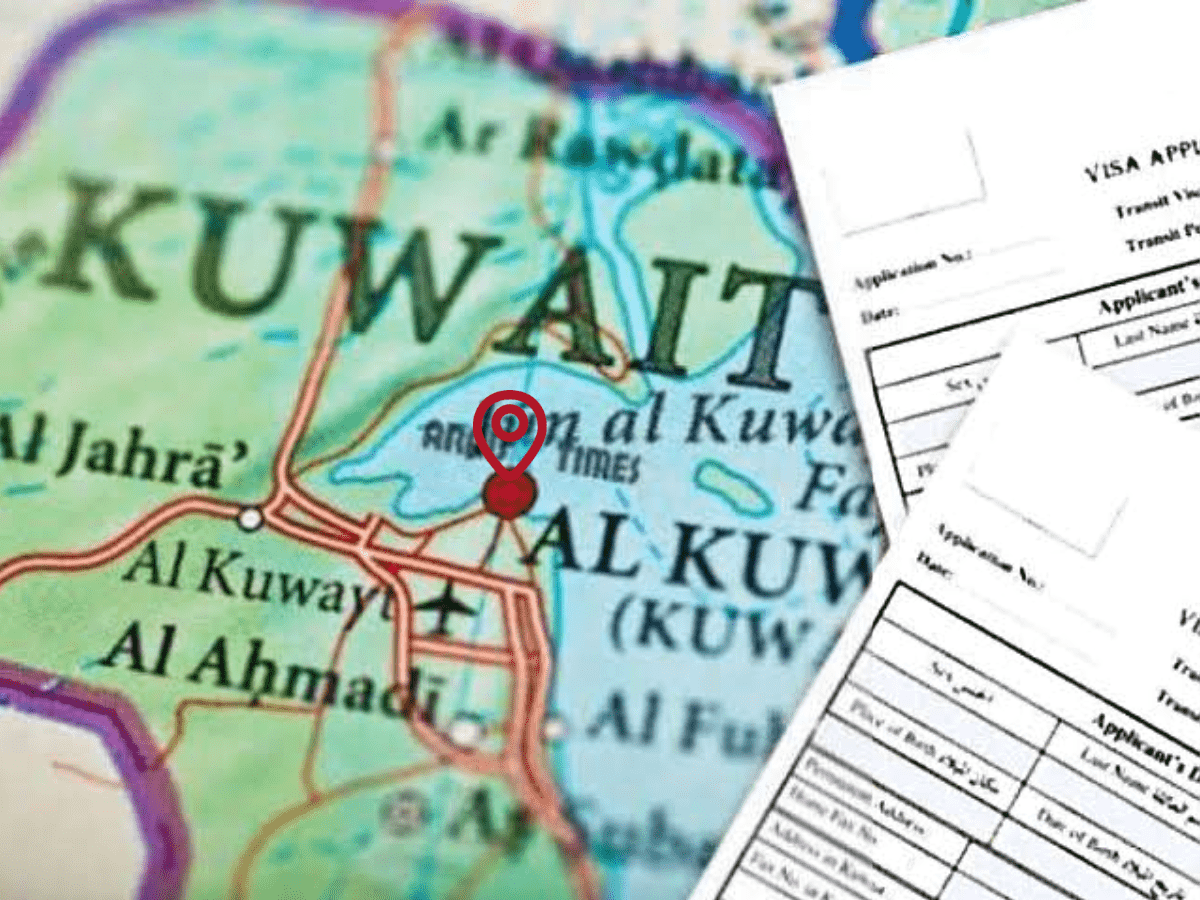
The employed individuals in the private sector in Kuwait make up 44 percent of the overall population, with Indian expatriates being the largest group at 24.2 percent.
According to the latest statistical reports from the Kuwait’s Public Authority for Civil Information, Kuwaitis came in second at 21.9 percent, followed by Egyptian at 21.7 percent.
Other contributors to the workforce include Bangladeshis at 8.5 percent, Nepalis at 3.9 percent, Pakistanis at 3.2 percent, Syrians at 3 percent, Filipinos at 2.9 percent, Jordanians at 1.4 percent, Saudis at 1.2 percent, and other nationalities at 8.2 percent, Arabic daily Al-Rai reported.
Government sector
In the government sector, the statistics revealed that Kuwaitis make up the largest portion, accounting for 78.31 percent of the total population.
Other groups include Egyptians at 7.21 percent, Indians at 4.36 percent, Saudis at 2.09 percent, Bangladeshis at 1.58 percent, Pakistanis at 1.08 percent, Syrians at one percent, Jordanians at 0.71 percent, and other nationalities making up the remaining 3.10 percent.
Expats in domestic work
The statistics also revealed that among domestic workers, Indian expats make up the highest percentage at 43.8 percent, followed by Filipinos at 21.1 percent, Sri Lankans at 15.4 percent, Bangladeshis at 11.1 percent, and Nepalese at 4.5 percent.
The remainder are nationals of Ethiopia, Benin, Mali, Indonesia, and Madagascar.
Expatriate number decline in 2024
The number of expatriates in the country decreased by 8,845 in the first half of 2024, reaching 3,358,645 people by the end of June 2024, compared to 3,367,490 on January 1.
The number of Kuwaitis has increased by 14,144 people in six months from 1,545,781 on January 1, reaching 1,559,925 people.
As of June 2024, Kuwait’s population has grown by a marginal 5,299 people over six months, reaching a total of 4,918,570.
As per a report, the population of Kuwait comprises 32 percent Kuwaiti nationals, with 68 percent being resident nationalities, with 21 percent being Indian, 13 percent Egyptian, 6 percent Bangladeshi, and 5 percent Filipino.


